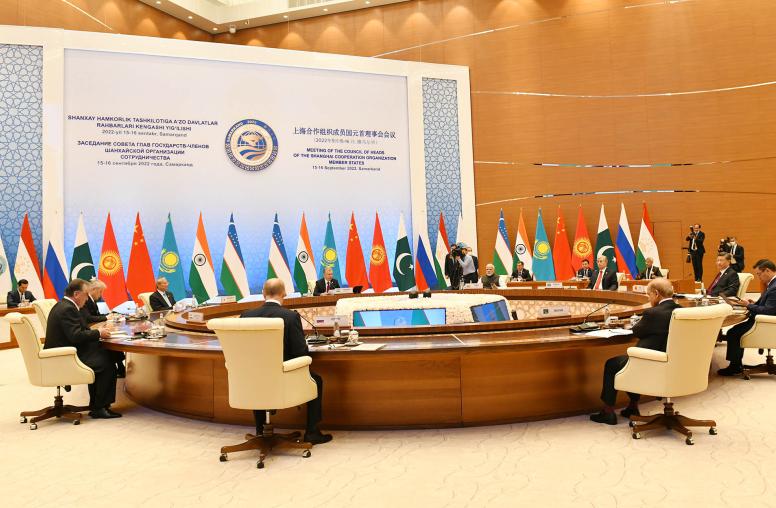COVID in South Asia: Regional Responses
Read the event coverageIn South Asia, diverse, densely situated, and economically precarious populations add further complexity to fighting the coronavirus pandemic. Measures to limit the virus's spread have spurred massive economic contraction, disproportionately affecting the region’s most vulnerable populations, while recent steps to re-open economies are fueling a rise in cases and risk overwhelming health and governance systems. The crisis has also exacerbated societal fissures and structural problems, including religious, caste, and ethnic divisions, ineffective communication, and political tensions. Amid compounding challenges, how governments respond to the pandemic will have a lasting impact on the region’s stability and the future of its nearly two billion citizens.
On June 17, USIP hosted experts from Bangladesh, India, Pakistan, and Sri Lanka for a discussion on states' responses to the coronavirus pandemic across the region and what countries can do to maintain and restore their economies, health systems, and citizens’ trust in elected officials.
Speakers
Amb. Tariq Karim
Former Bangladeshi Ambassador to the U.S.
Amb. Maleeha Lodhi
Former Pakistani Ambassador to the U.S. and former Pakistani Ambassador to the U.N.
Dr. Paikiasothy Saravanamuttu
Executive Director of the Centre for Policy Alternatives, Sri Lanka
Amb. Arun Singh
Former Indian Ambassador to the U.S.
Tamanna Salikuddin, moderator
Director, South Asia, U.S. Institute of Peace



